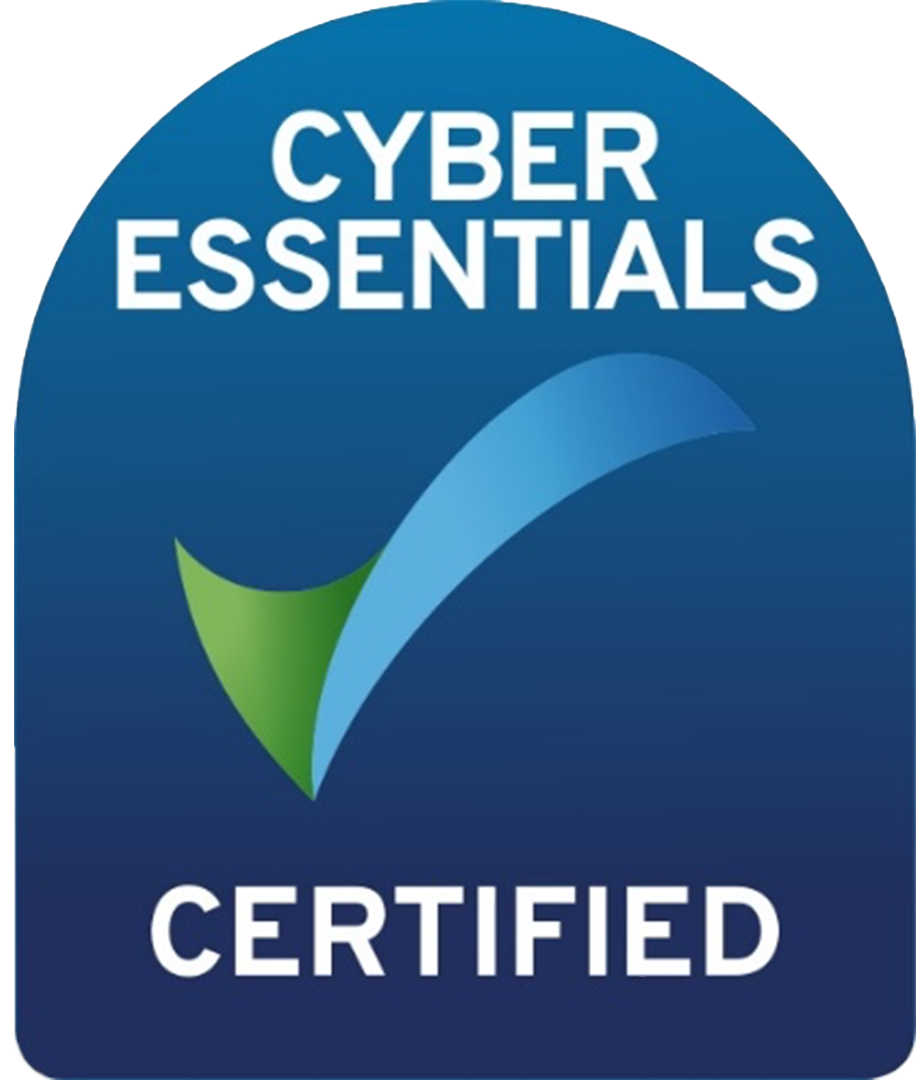In the World of Recruitment, the Future Has Arrived
Mark Smith • October 25, 2015
As I write this, I can hear Huey Lewis and the News and their 'Power of Love' in my head! For those readers of a certain vintage, the recent 21 October 2015 had a special meaning. As you likely saw plastered all over the news, back in 1985, Michael J Fox starred in Steven Spielberg's Back to the Future as Marty McFly and used a DeLorean car to first travel back in time and then to the future...to the date of 21 October 2015! Finally, the future has arrived, and in many ways it's better than the movie, while in other ways not so much.
In considering this milestone, I thought I would take stock and take a look back at how the recruitment industry has changed since I joined it in 1994. If I had had the famous DeLorean (I must say, I really enjoy having the opportunity to even use this word in a blog post, by the way) and travelled back in time to my first month in recruitment, February 1994, I would be initially struck by the fact that we were nearly entirely OFFLINE. The front page of TIME magazine on 25 July 1994 reads, 'The Strange New World of the Internet!’ So if you are hiring staff in 1994, this is how the world works:
- Hard copy CVs are posted to you in the mail (using the postal service).
- Advertisements are placed in the newspaper, at exorbitant prices, monopolised by one or two publications to try to attract candidates.
- Databases are limited to the people you know, and therefore you have populated it yourself and it is stored locally on your server, which is highly unlikely to be shared with any other office.
- The phone is your greatest and only tool to communicate effectively with clients and job seekers.
- Faxing a CV would mean investing large sums of money in a fax machine, which your client may not have.
- Networking meant attending events, talking and meeting people face to face.
- Presenting a CV meant meeting the hiring manager, talking through the details of the CV, and then ideally booking interviews.
With another trip in your DeLorean, you are back in 2015. Finding and attracting talent is a whole new ball game. Here are a few snippets of how this multichannel world now works:
- Your internal database is supplemented by external third party databases, which are user created and available to be accessed by your competitors and clients. This is more than LinkedIn; it is all the other databases recruiters can pay to access.
- Finding talent involves using algorithms, Boolean searches or simple keyword searches on cloud based systems to discover the potentially available candidates.
- Talent expects to be found and is familiar with and expects regular approaches through email and social media channels. Applying for a job is starting to become 'old school'.
- Job boards have arrived, peaked and are now in decline. They are important, but investors are leaving (e.g. James Packer divesting from SEEK), and their revenue is coming from less mature emerging markets, whilst domestic returns decline.
- Social media is extraordinarily important as you manage your own personal brand and then make assessments of job seekers' personal brands.
- Networking is primarily virtual, where you connect with people across the globe.
- Presenting CVs is impersonal and a challenge, as hiring managers can communicate and avoid being communicated with across multiple devices and technology.
- Temporary staff and your ability to access quality talent fast is more important than ever.
This is heavy, Doc. It seems that, in this future, instead of being easier, finding and then recruiting the best talent is harder than it's ever been! You need more than just the 'Power of Love'!
Find the job you love I Find the right talent
Get in touch with people2people
Australia
I United Kingdom
In business since 2002 in Australia, NZ, and the United Kingdom, people2people is an award-winning recruitment agency with people at our heart. With over 12 offices, we specialise in accounting and finance, business support, education, executive, government, HR, legal, marketing and digital, property, sales, supply chain, and technology sectors. As the proud recipients of the 2024 Outstanding Large Agency and Excellence in Candidate Care Awards, we are dedicated to helping businesses achieve success through a people-first approach.
Recent articles









